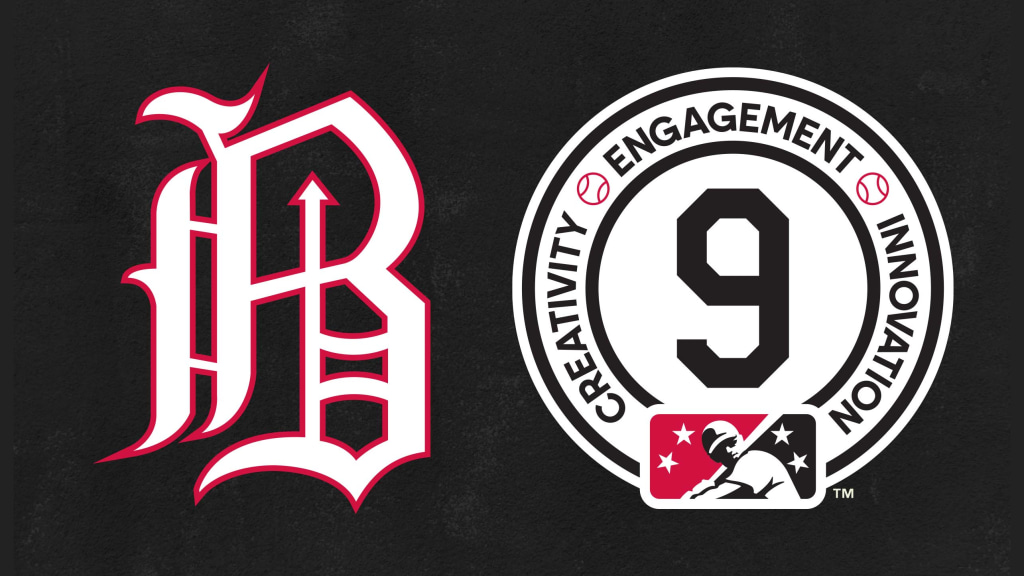
 In recognition of Black History Month and the newly launched MiLB outreach program, The Nine, the Barons, in addition to teams across Minor League Baseball, are highlighting the top five Black players in team history. Birmingham, Alabama’s rich history of baseball dates back to 1885 and has seen many talented and accomplished players pass through on the way to Major League success.
In recognition of Black History Month and the newly launched MiLB outreach program, The Nine, the Barons, in addition to teams across Minor League Baseball, are highlighting the top five Black players in team history. Birmingham, Alabama’s rich history of baseball dates back to 1885 and has seen many talented and accomplished players pass through on the way to Major League success.
The first four nominees come from a notable chapter of Birmingham’s baseball history, the Birmingham Black Barons, who played for over 40 years alongside their white counterpart from the West End Park known as the “Slag Pile,” to the famous Rickwood Field. The Black Barons played in various iterations of Negro Leagues, from the minor league level Negro Southern League, to a more stable placement in Negro American League, the highest level of Negro League baseball.
At a time predating the civil rights movement and active segregation, the Black Barons saw their own success with the Black community of Birmingham, often drawing larger crowds to Rickwood Field than the Barons. White fans were encouraged to attend Black Barons games, which were held while the Barons were on the road, suggesting a relatively amicable affiliation between the two franchises amid the tenuous racial atmosphere of the time.

The 1948 Black Barons were one of the most successful teams of the Negro Leagues and saw many players drafted by Major League teams following the breaking of the color barrier by Jackie Robinson in 1947. Despite the positive progress of a newly racially integrated league and recognition of player talent regardless of race, this inadvertently resulted in the 1948 Negro World Series between the Birmingham Barons and the Homestead Grays being the last of its kind before the disbandment of the Negro National League.

Certainly one of the most widely recognized players across baseball, Willie Mays began his storied career in 1948 with the Negro minor league Chattanooga Choo-Choos before joining the Birmingham Black Barons of the Negro American League and playing in the final true World Series of the Negro Leagues. At just 16, Mays had not yet graduated high school and juggled Barons home games with high school football. During his time with the Black Barons, from 1948 to 1950, his fielding and speed on the bases caught the attention of several Major League teams, who waited until he had graduated high school before offering him a contract. Mays eventually signed with the New York Giants and went on to have a legendary career that included titles of Rookie of the Year (1951), World Series champion and MVP (1954), numerous recognitions as an All-Star (24 appearances), Gold Glove awards (12) and countless more, culminating in his election to the Baseball Hall of Fame in 1979, his first year of eligibility.
Another member of the 1948 roster, Rev. Bill Greason has a legacy that extends beyond baseball; just prior to his baseball career, a military enlistment in World War II with the all-Black 66th Supply Platoon put him in the action of the Pacific Theater of the war, including the Battle of Iwo Jima. Greason, a pitcher, played for the Black Barons from 1948 to 1951, before he was acquired by the St. Louis Cardinals as the second Black player on their roster in 1954. He retired in 1959 after a handful of years with the Cardinals minor league affiliates. He studied ministry at Birmingham Baptist College and Samford University following baseball and remained engaged with the Birmingham community as a member of the historical 16th Street Baptist Church and a pastor of Bethel Baptist Church.

Lorenzo “Piper” Davis, nicknamed for his hometown of Piper, Alabama, played for the Black Barons beginning in 1942, following a stint in Alabama’s Coal and Iron League. During his time in Birmingham, he was noted for strong fielding, recognized as a versatile player comfortable at any position in the infield with a keen ability to complete double plays. After helping the Black Barons earn consecutive pennants in 1943 and 1944, Davis transitioned to a playing-manager in 1948 and led the team to the Negro League World Series with a young Willie Mays and Bill Greason under his leadership. Davis strongly influenced Mays’ style of playing, notably his field positioning and his approach to hitting curveballs. As Mays was only 16 when he began playing for the Black Barons, Davis ensured his focus was on schoolwork and did not allow him to make road trips with the team during the school year. Following the 1948 Negro League World Series loss, Davis moved between affiliated ball with the Boston Red Sox, the Black Barons, the Oakland Oaks of the Pacific Coast League and the Chicago Cubs system. Davis’ career ended at the Double-A level of the Cubs organization in 1958.
While he never reached Major League Baseball like his contemporaries Mays and Greason, his style of leadership and influence certainly played a role in their success. He commanded respect and encouraged his players and teammates to exhibit great character on and off the field. While better known for his baseball skill, Davis was a two-sport athlete, playing for the Harlem Globetrotters for three winters during his tenure with the Barons and also spent significant time in the Latin American winter leagues.

Before Mays, Greason, and Davis, another Negro League legend passed through Birmingham, though briefly, from 1927 to 1930: Leroy “Satchel” Paige. While his reputation as a star pitcher with a tendency to goad opposing batters wasn’t fully exhibited in Birmingham, fans of the Black Barons and beyond were witness to his maturation as a pitcher and the beginnings of his acclaimed career. During his time with the Black Barons, Paige met or broke the strikeout records of major league players, recording 17 strikeouts against the Cuban Stars and 18 strikeouts against the Nashville Elite Giants in the same week of April 1929. Paige, individually, was a draw for crowds and was rented out to other teams by then Barons owner, R.T. Jackson, with equal financial benefit to both parties.
Paige would spend 1930 through 1948 in the Negro Leagues playing with the Pittsburgh Crawfords, Kansas City Monarchs, and Philadelphia Stars, among others, in addition to several Latin American league teams. It was during these years that he flourished and was prone to his more outlandish antics, such as pulling his outfielders in to watch as he struck out opposing batters or intentionally walking two batters in order to reach Josh Gibson, a well-known dangerous hitter, with the sole, and eventually successful, goal of striking him out.
He eventually brought his talents to the major league level with the Cleveland Indians in 1948, a season in which he would be the first Black pitcher in the American League, the seventh Black player in the majors overall, the oldest player to debut at 42 years of age, and ultimately a World Series champion. He went on to play briefly for the St. Louis Browns, but his time there was marred by dwindling stats that signaled the decline of his career. After some time with a handful of minor league teams, he played his last game with the Triple-A Portland Beavers at age 55. Four years later, Paige was signed to a one-day contract with Charles O. Finley’s Kansas City A’s, where he was brought onto the field in the fourth inning for a standing ovation and a crowd-led rendition of “The Old Gray Mare.” His place in baseball history was cemented in 1971 with his induction into the Baseball Hall of Fame.

Hulton Archive/Getty Images
In addition to signing Satchel Paige, albeit for a single day, Charles O. Finley was also responsible for bringing Reggie Jackson to Birmingham with his signing in 1966. Jackson, with Rollie Fingers, Joe Rudi, and Dave Duncan, moved through the A’s system from Modesto and arrived in Birmingham in 1967. He got a taste of the majors with a midseason call up to Kansas City, but was sent back down to the Barons to finish the season after a disappointing debut. Despite the full racial integration of the major leagues by the 1960s, Jackson still faced the challenges of being a Black player in the south and was encouraged and bolstered by Barons coach John McNamara regarding his experiences on and off the field. He started the 1968 season in Oakland, where Finley had relocated the A’s, and helped the team to three straight World Series titles. He continued his major league career with the Baltimore Orioles, New York Yankees, California Angels, and returned to Oakland for a single season in 1987 to end his professional playing career.
Jackson was inducted into the Baseball Hall of Fame in 1993 and had his numbers, 44 and 9, retired by the New York Yankees and Oakland Athletics, respectively.
Willie Mays, Bill Greason, Piper Davis, Satchel Paige, and Reggie Jackson are only five of the numerous Black players that have played in Birmingham, each of them with their own unique experience of navigating their playing careers at different points in history and the varying effects of how their race affected their careers. These five paved the way for future Black players who have made their mark on Barons history and will usher in future generations of players to make their own name in the history and tradition of baseball in Birmingham and beyond.

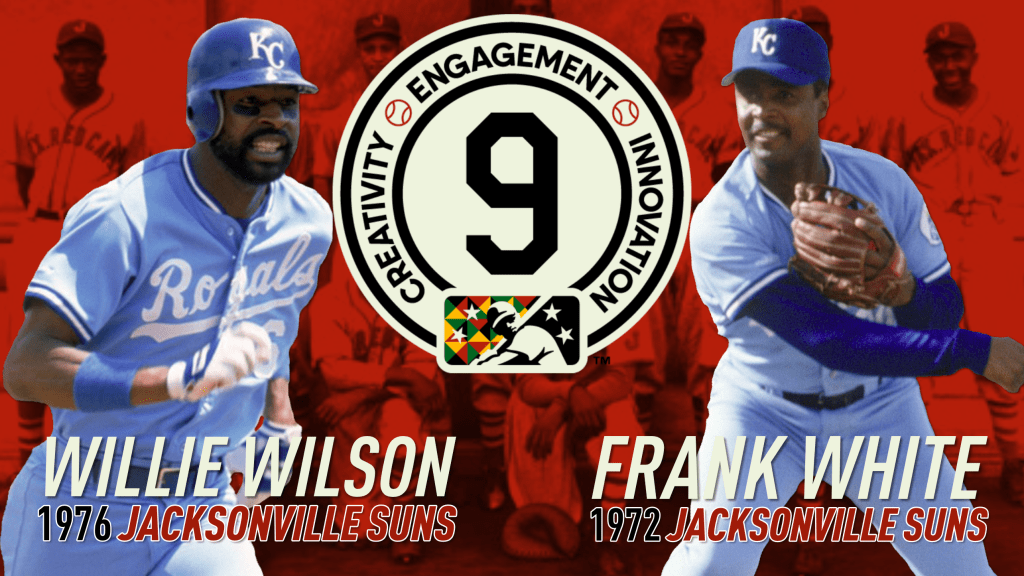
 In celebration of Black History Month, throughout February, teams across Minor League Baseball are taking a look back at five of the best Black players to suit up for their club.
In celebration of Black History Month, throughout February, teams across Minor League Baseball are taking a look back at five of the best Black players to suit up for their club. 

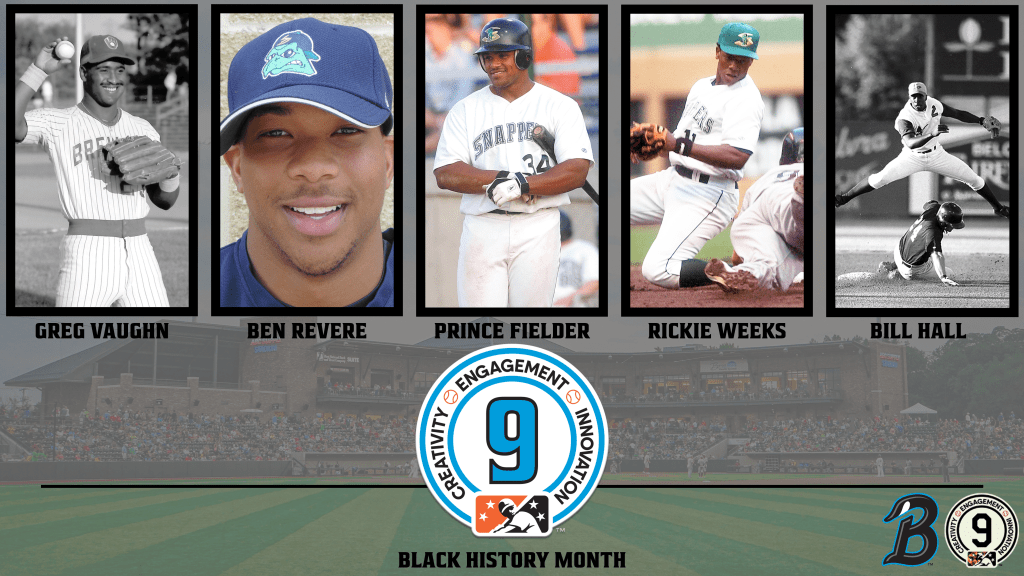
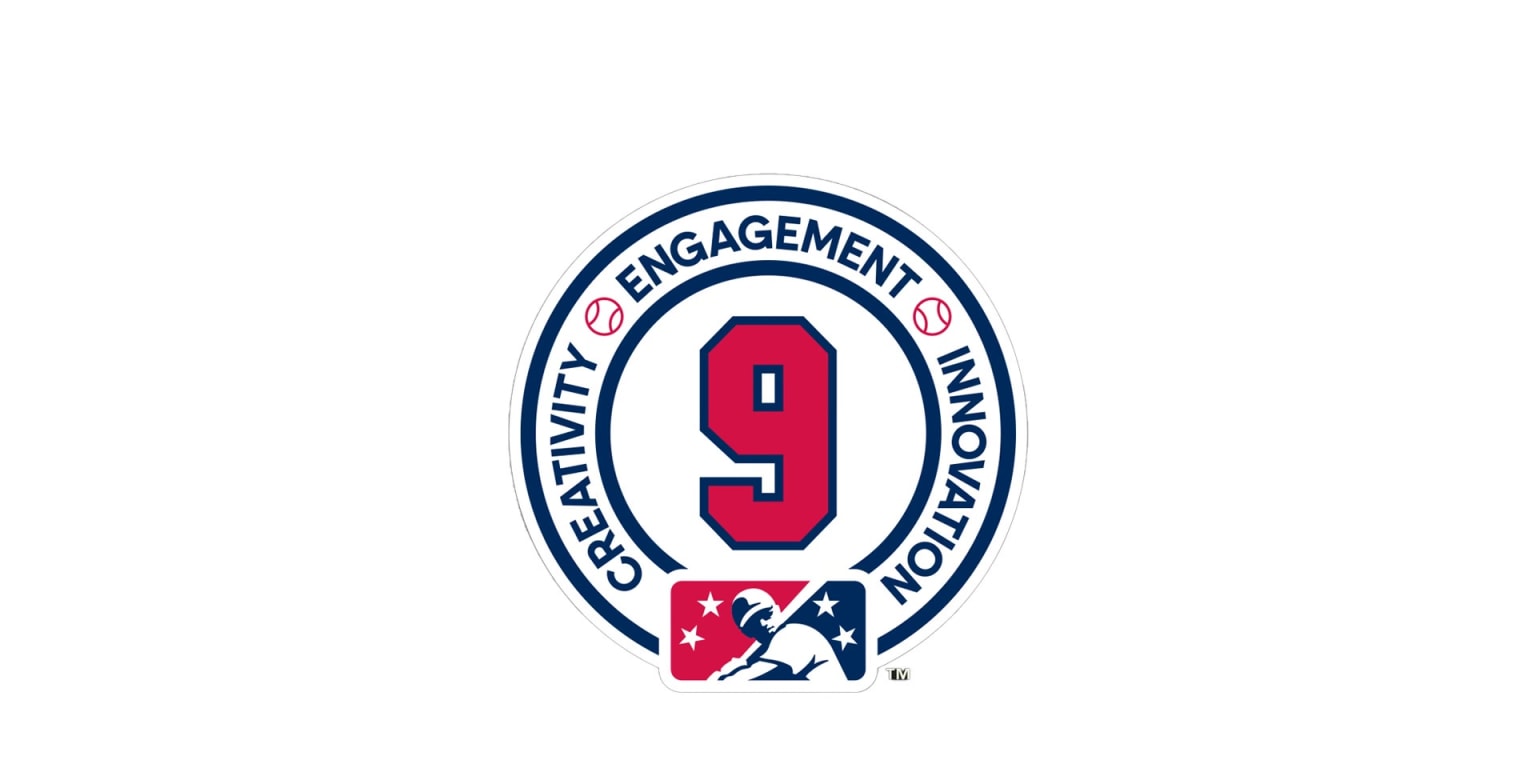
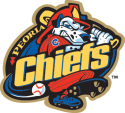

 In celebration of Black History Month, throughout February, teams across Minor League Baseball are taking a look back at five of the best Black players to suit up for their club.
In celebration of Black History Month, throughout February, teams across Minor League Baseball are taking a look back at five of the best Black players to suit up for their club. In celebration of Black History Month,
In celebration of Black History Month, 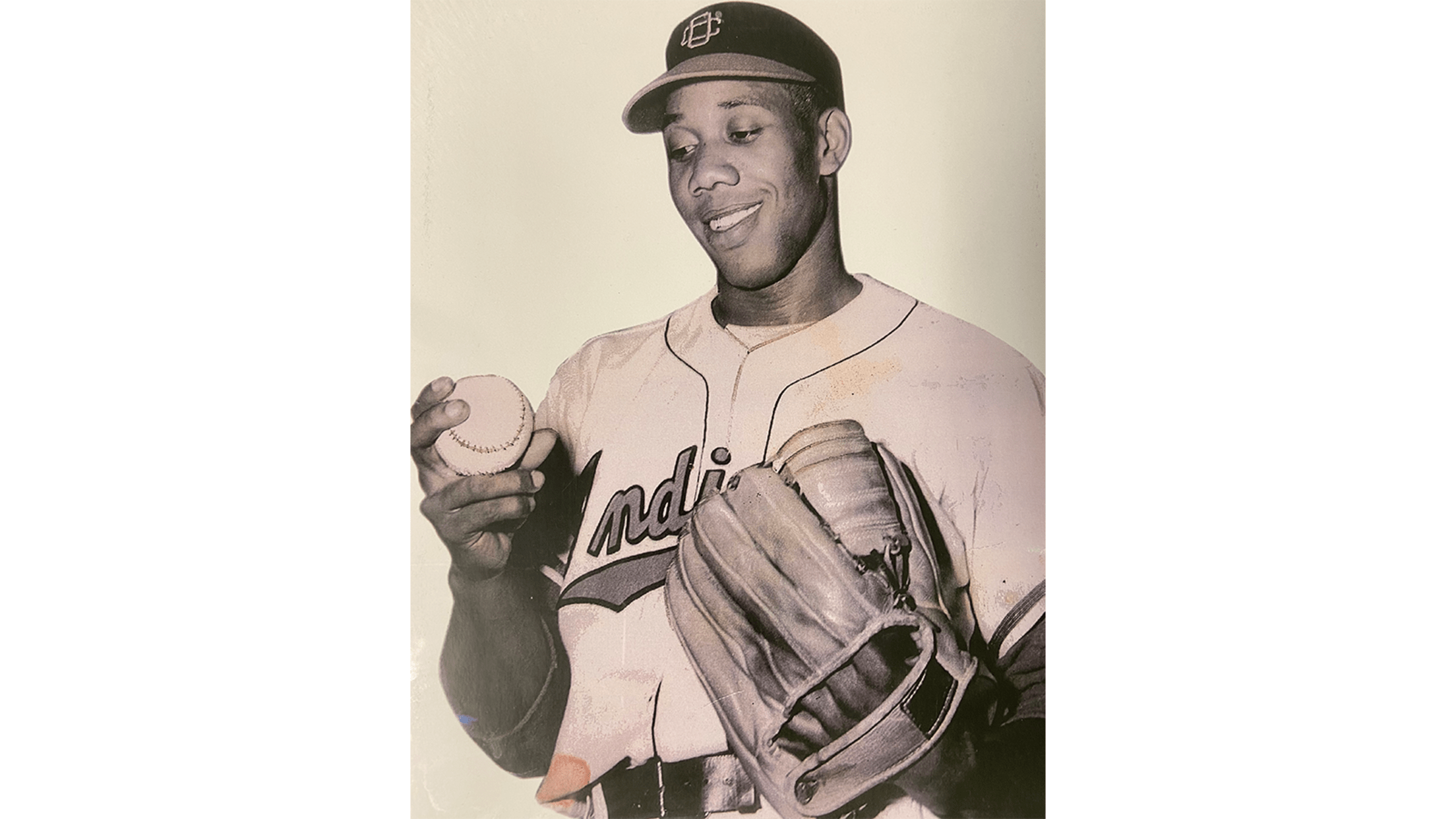




 In celebration of Black History Month, throughout February, teams across Minor League Baseball are taking a look back at five of the best Black players to suit up for their club.
In celebration of Black History Month, throughout February, teams across Minor League Baseball are taking a look back at five of the best Black players to suit up for their club.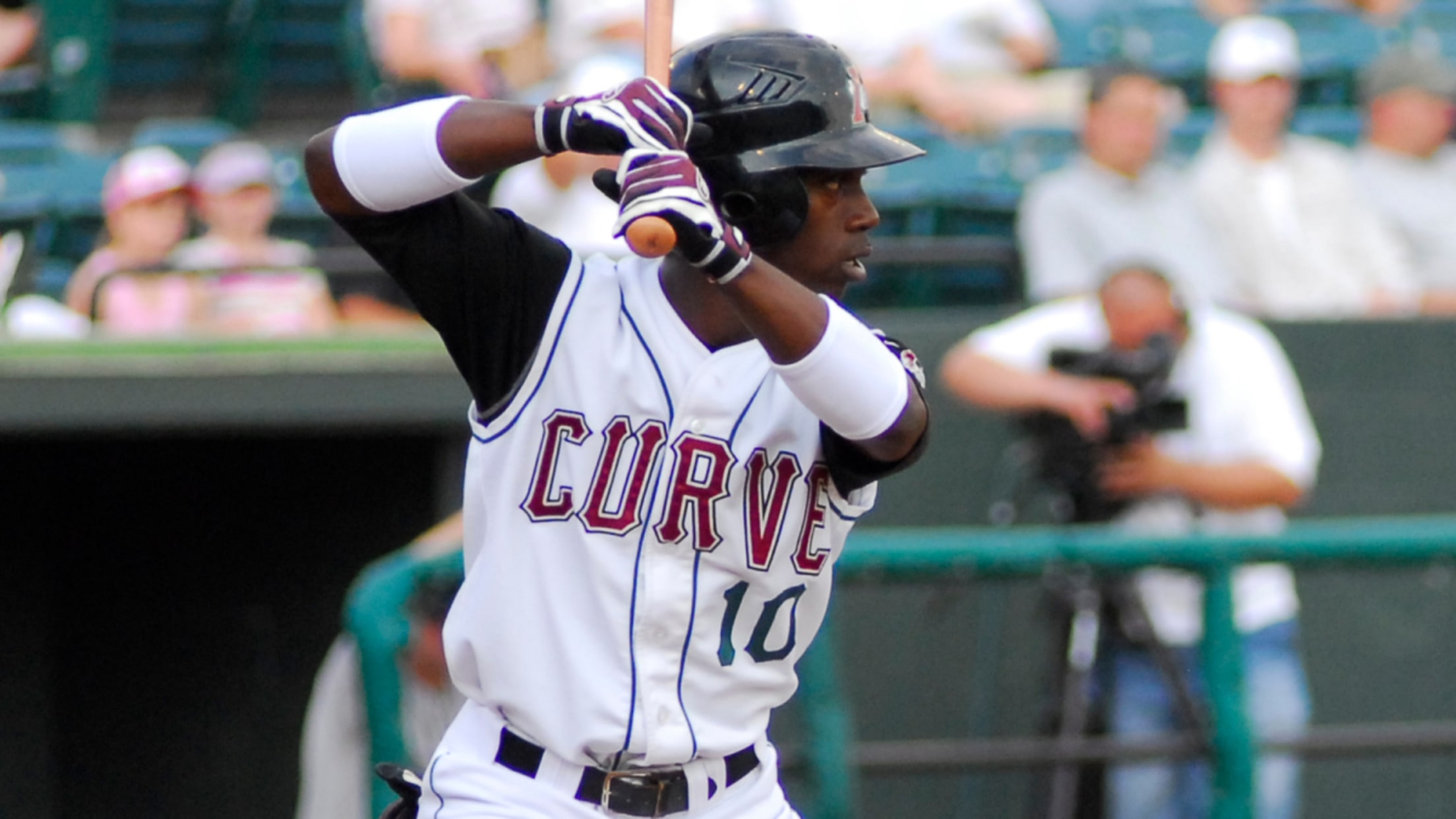
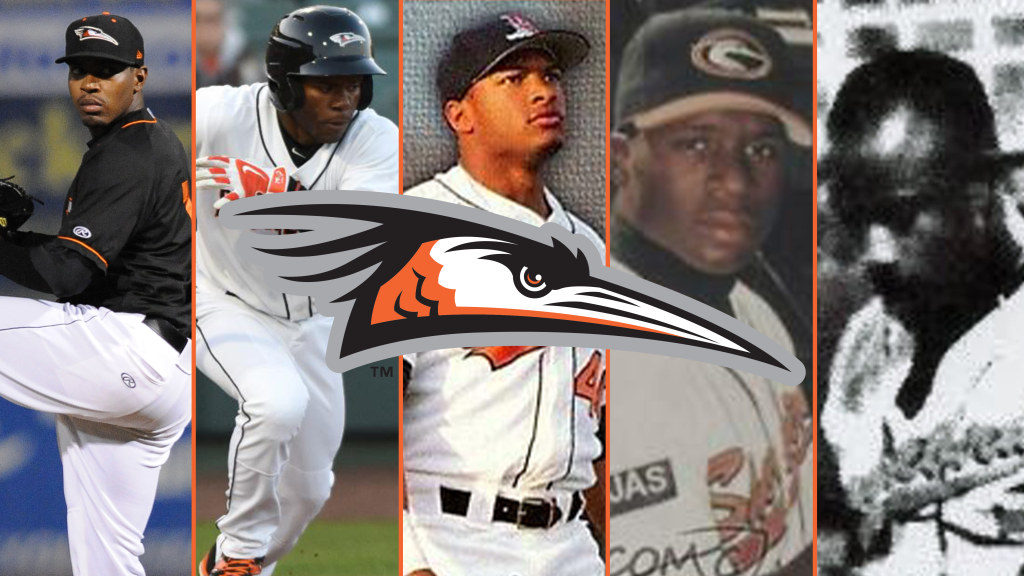
 In celebration of Black History Month, throughout February, teams across Minor League Baseball are taking a look back at five of the best Black players to suit up for their club.
In celebration of Black History Month, throughout February, teams across Minor League Baseball are taking a look back at five of the best Black players to suit up for their club.




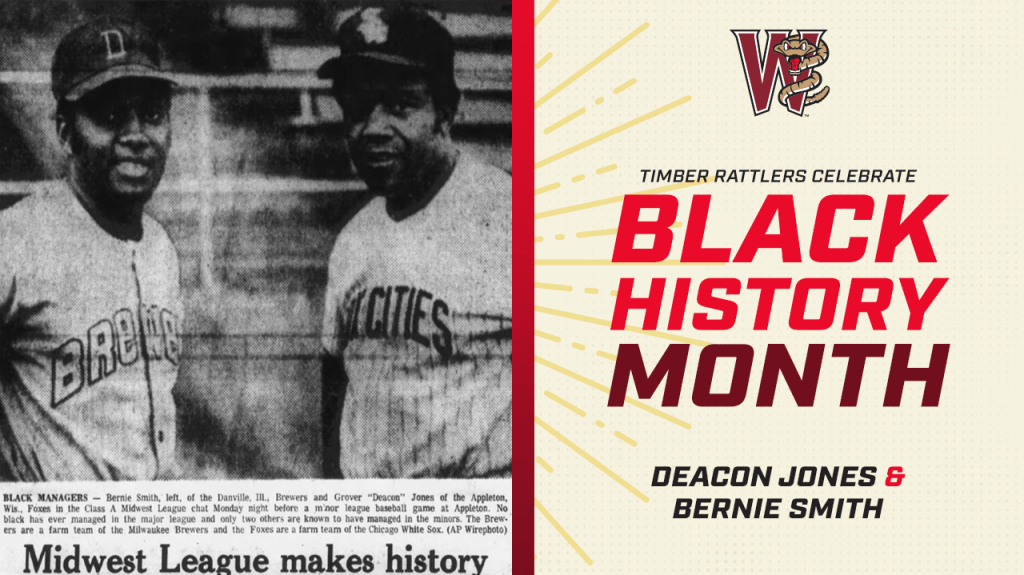
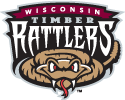 The Wisconsin Timber Rattlers continue Minor League Baseball’s celebration of Black History Month with a pair of history making minor league managers.
The Wisconsin Timber Rattlers continue Minor League Baseball’s celebration of Black History Month with a pair of history making minor league managers.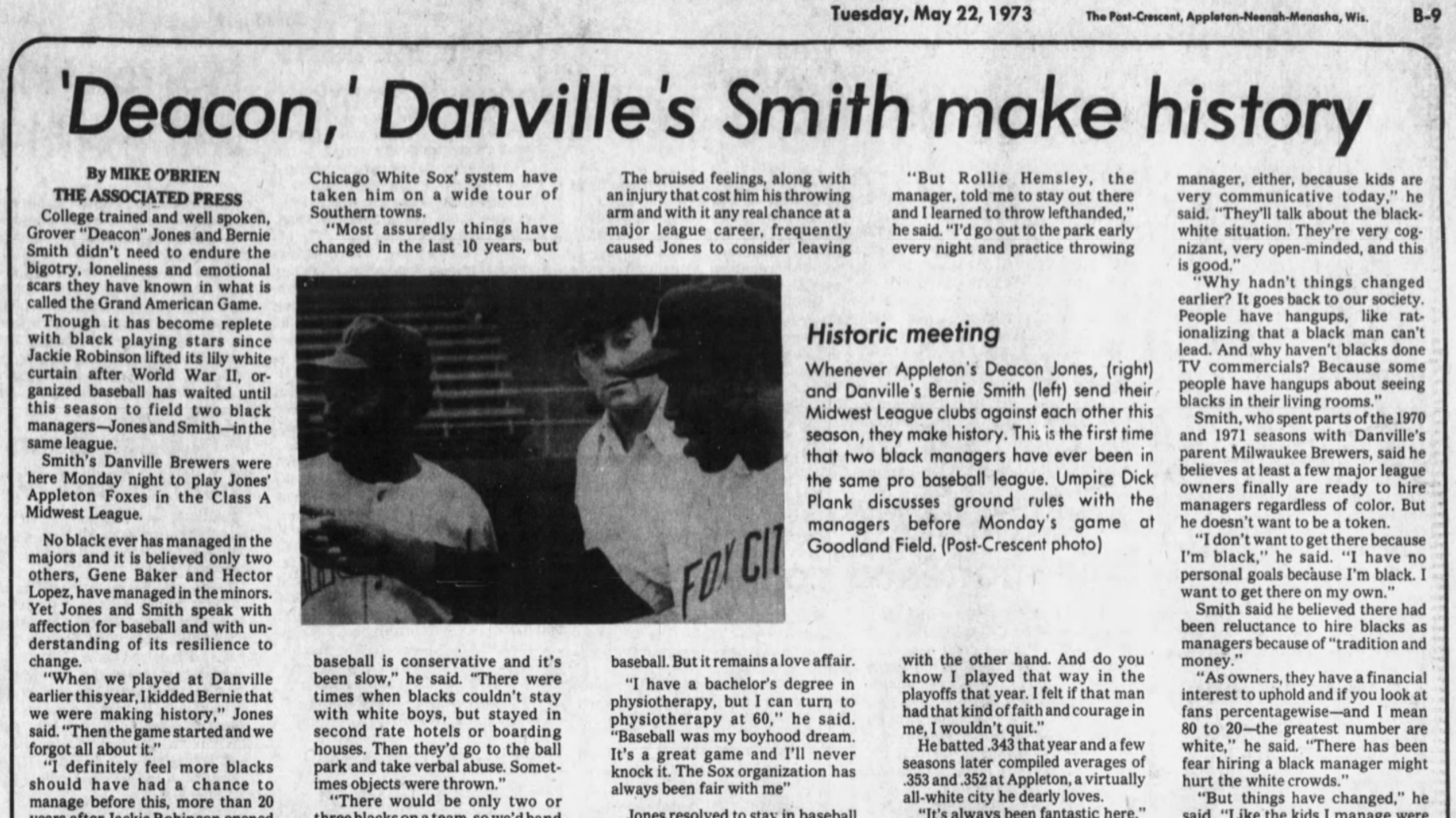
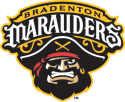 In celebration of Black History Month, throughout February, teams across Minor League Baseball are looking back at five of the best Black players to suit up for their club.
In celebration of Black History Month, throughout February, teams across Minor League Baseball are looking back at five of the best Black players to suit up for their club.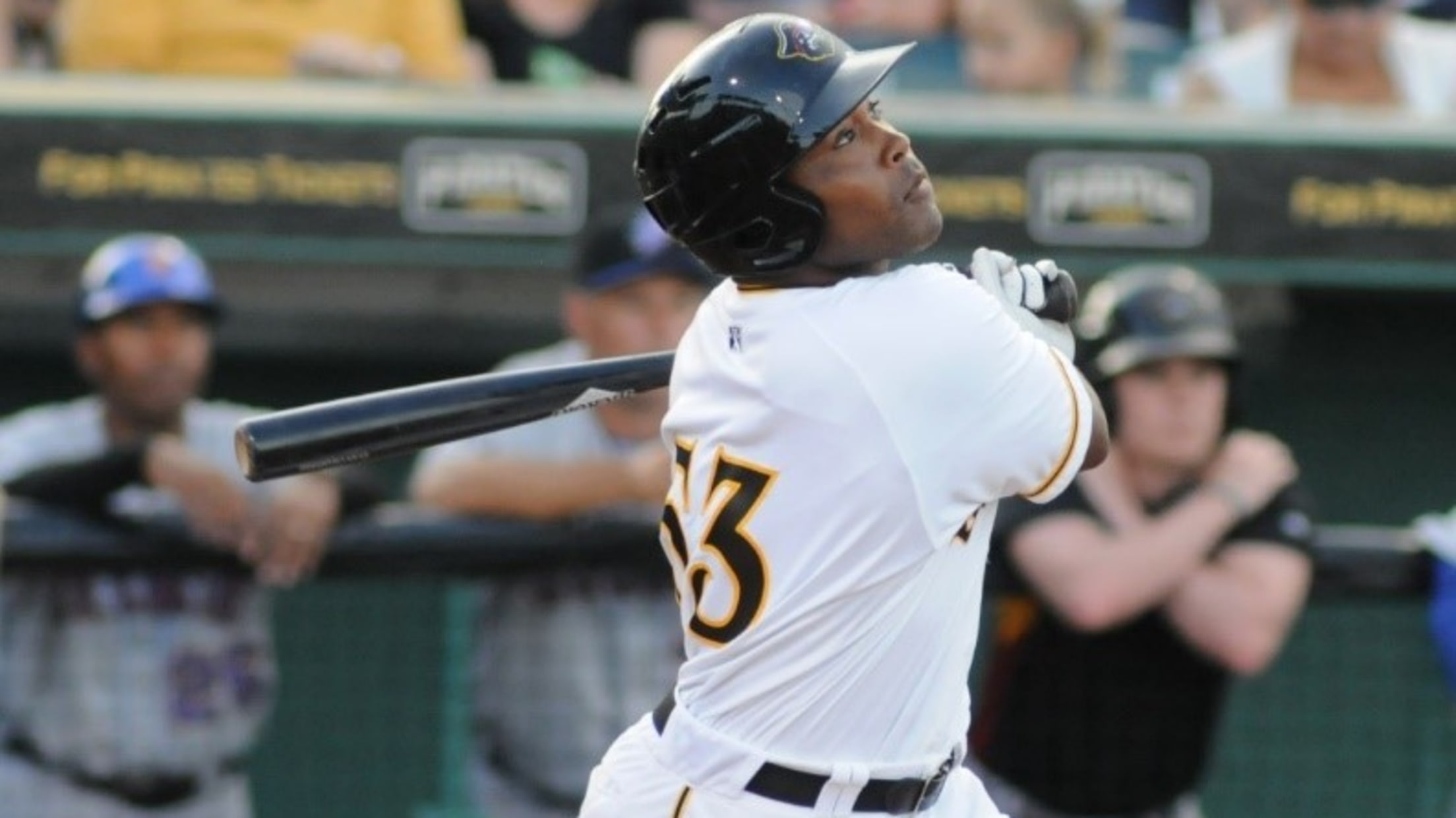




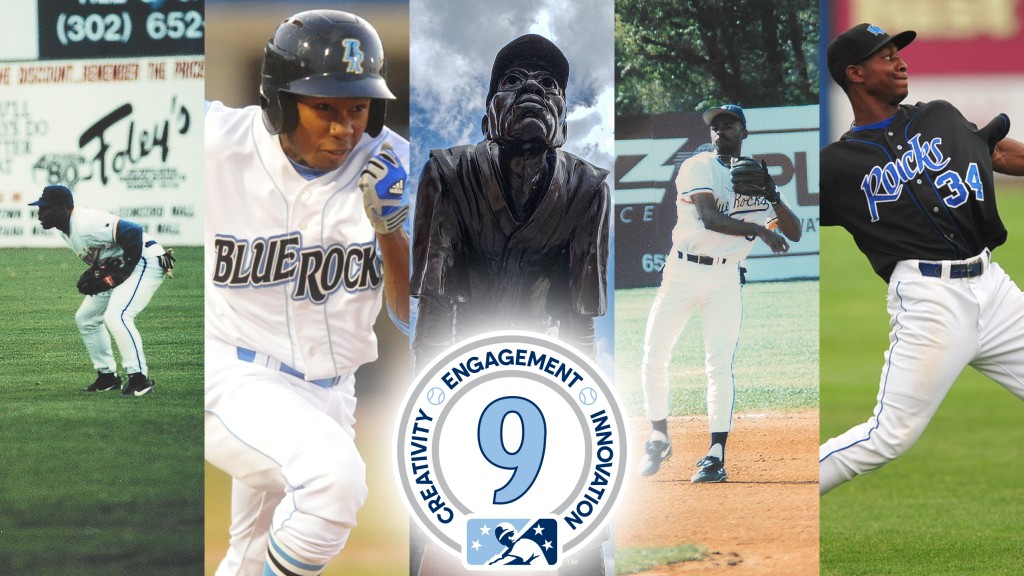
 In celebration of Black History Month, throughout February, teams across Minor League Baseball are taking a look back at some of the best Black players to suit up for their club.
In celebration of Black History Month, throughout February, teams across Minor League Baseball are taking a look back at some of the best Black players to suit up for their club.




 In celebration of Black History Month, throughout February, teams across Minor League Baseball are looking back at some of the best Black players to suit up for their club.
In celebration of Black History Month, throughout February, teams across Minor League Baseball are looking back at some of the best Black players to suit up for their club.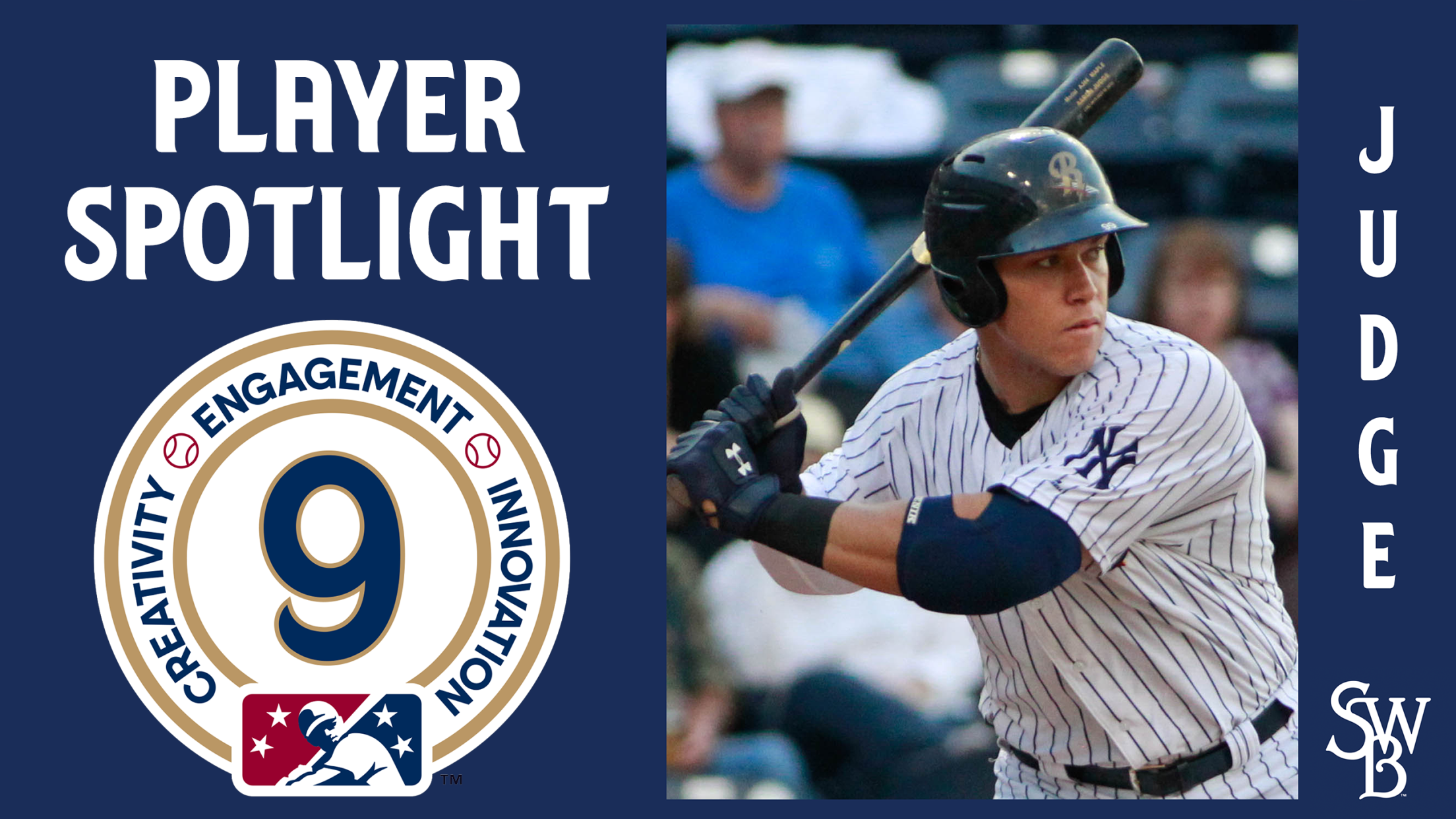
 In celebration of Black History Month, throughout February, teams across Minor League Baseball are taking a look back at some of the best Black players to suit up for their club.
In celebration of Black History Month, throughout February, teams across Minor League Baseball are taking a look back at some of the best Black players to suit up for their club.





 In honor of Black History month, the Cannon Ballers will highlight former Kannapolis ball players who have not just made a name for themselves on the diamond, but players who have continued to make strides off the field to better others.
In honor of Black History month, the Cannon Ballers will highlight former Kannapolis ball players who have not just made a name for themselves on the diamond, but players who have continued to make strides off the field to better others.
 Nearly 50 years later, Kevin Saucier’s amazement has grown from his unique connections with Pensacola’s history of its greatest Black baseball players.
Nearly 50 years later, Kevin Saucier’s amazement has grown from his unique connections with Pensacola’s history of its greatest Black baseball players.